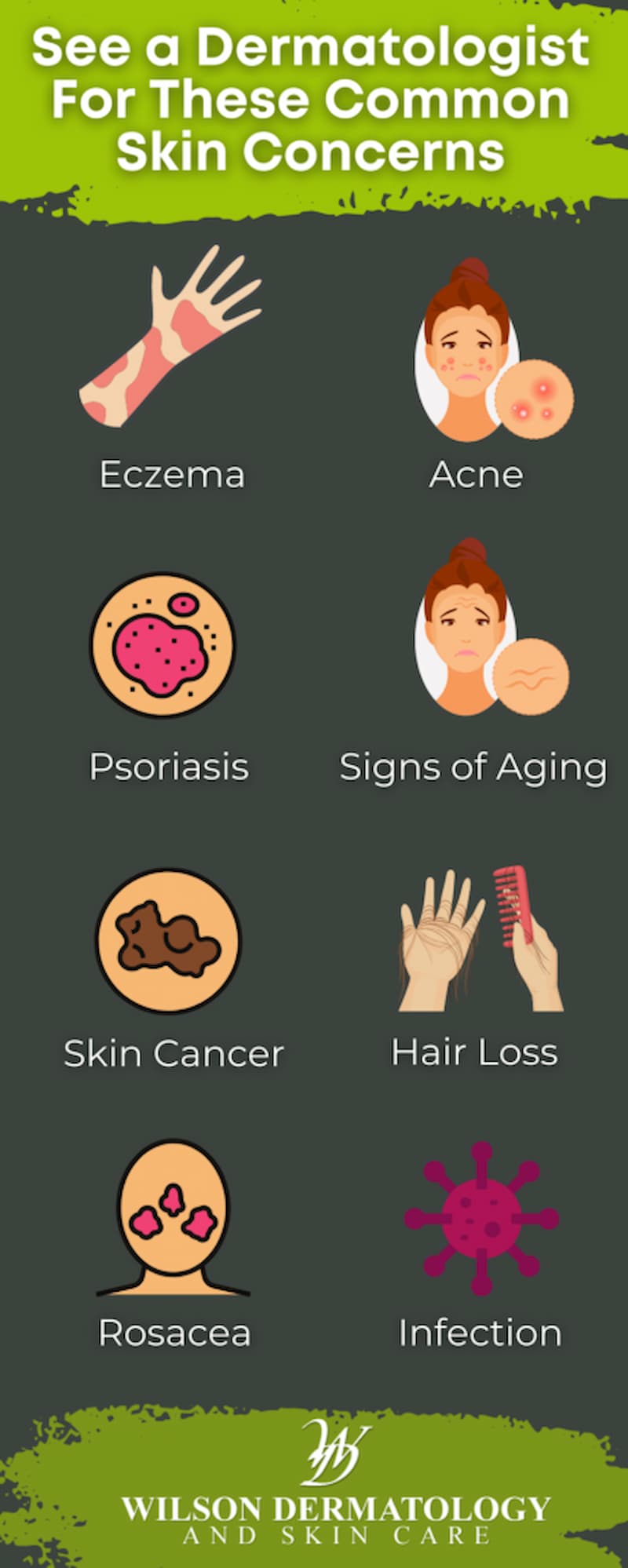Browsing Skin Cancer Therapy: The Essential Role of Mohs in Modern Dermatology Practices
Skin cancer cells, a challenging medical diagnosis, usually leaves patients grappling with numerous therapy choices. As we explore the intricacies of this treatment, one will value its essential function in skin cancer therapy.
Recognizing Skin Cancer Cells: Types and Dangers
There are three major types of skin cancer: Basal cell cancer, Squamous cell carcinoma, and Melanoma. It accounts for only about 1% of skin cancer cells instances but creates the huge bulk of skin cancer cells fatalities. Threat aspects consist of fair skin, background of sunburn, extreme sun direct exposure, living at high altitudes or close to the equator, having numerous moles, a family members background of skin cancer, and damaged immune system.
What Is Mohs Surgical treatment and How It's Changing Skin Cancer Cells Therapy
Regardless of the various therapies presently readily available for skin cancer cells, Mohs surgical procedure stands out as a groundbreaking and highly reliable solution. Called after Frederic E. Mohs, the medical professional who created the treatment, Mohs surgery is an exact medical method utilized to deal with skin cancer. This level of precision, incorporated with the capability to spare as much healthy tissue as feasible, is revolutionizing skin cancer therapy.
The Advantages of Mohs Surgery Over Typical Skin Cancer Cells Treatments
Structure on the innovative nature of Mohs surgery, it's important to consider its numerous advantages over standard skin cancer cells therapies. Unlike conventional procedures, Mohs offers a higher treatment rate, usually reaching 99% for newbie therapies and 94% for frequent cancers cells. Additionally, it lessens damages to healthy skin, leading to less scarring and enhanced cosmetic end results.
The Treatment of Mohs Surgical Treatment: What to Expect During the Refine

Prospective Adverse Effects and Post-Operative Care of Mohs Surgery
Going through Mohs surgery, like any kind of various other medical procedure, entails potential side effects that clients must know. Usual adverse effects consist of pain, wounding, and swelling at the surgical procedure website. These are typically momentary and workable with over the counter pain medication and ice packs. In rare cases, people may experience infection, bleeding, or an allergy to the anesthetic. Post-operative care is critical to recovery and decreasing negative effects. This generally includes maintaining the wound clean and completely dry, taking proposed medicines, and preventing arduous activities. Individuals ought to additionally participate in all follow-up appointments for injury treatment and monitoring. In some situations, additional therapies may be essential to guarantee total removal of the why not try here cancerous cells. Sticking to these post-operative treatment standards can substantially boost recuperation and results.
Conclusion
